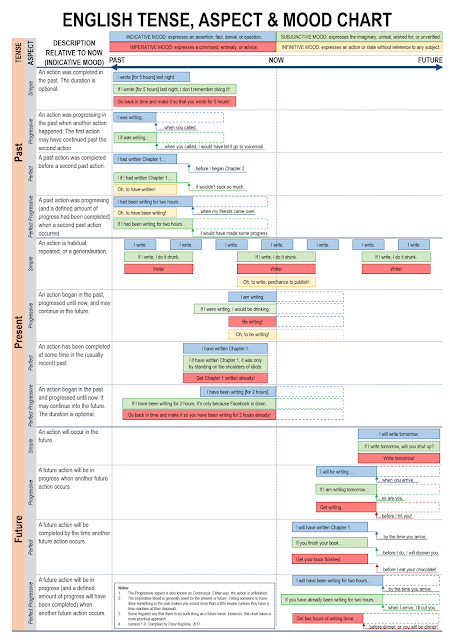River tips for fictional world maps
It’s fun creating a map for your fictional world. But making a map without a basic knowledge of geography can make it look like your world runs mostly on magic and unicorn farts. Assuming your physics work pretty much the same as Earth physics, here are some tips on how to make your rivers look realistic. Mountains, plains and forests can show up in all sorts of places, but rivers are the things that people seem to stuff up the most.
1. Rivers have to flow from a high point (mountains or hills) down to a low point. In the mountains, they are usually made up from lots of little rivers (tributaries) feeding into other tributaries, then joining and joining until they make a large river. When they join, they usually come together at a shallow angle, pointing downhill. Occasionally the source of a river may be a mountain spring, but usually it’s just lots of surface water from rain or melting snow collecting into little streams which keep joining up.
2. Rivers coming down a mountain are fast and thus relatively straight and narrow. The ground is sloping down quickly in one direction, so they follow it. Once they reach a wide open plain, they tend to slow down, widen out and meander a lot. A big windy river in the mountains doesn’t make much sense, nor does a really straight river in a plain.
3. Rivers rarely split up into multiple rivers. It can happen, but when it does it often doesn’t last long. Water is lazy and wants to take the easiest path. And the more water goes down one path, the more it cleans out the path and makes the path easier still. Meanwhile in the harder (longer or narrower) path, the water slows down, depositing silt, and making it even harder for the water to get through. Over time, even a tiny difference in the paths will end up causing one of the paths to dry up over time. There are some exceptions – e.g. fast flowing rivers in narrow rocky valleys, since both paths are continually being scoured and the water is really moving.
4. An exception to point 3 is a river delta. This is where a silty river meets the ocean or a large lake. The water spreads out and slows down, depositing its silt. This causes the river to branch into multiple paths towards the ocean as it seeks to find the easiest route.
5. Rivers spanning from one shore to another don’t make much sense. You have essentially made a sea channel or strait. Anything the size of a long narrow river will probably just silt up. If it’s large enough (e.g. the strait of Gibraltar) it will stay open due to tidal flows or currents.
6. If a river ends in a lake or sea which nothing flows out of, that lake is going to be pretty salty (e.g. the Dead Sea). This is because the incoming water has some salt in it, which is left behind when the water eventually evaporates. This can be a pretty interesting setting for your story.
7. People generally like rivers. Apart from the nice views, they also provide fresh water, transportation networks, and energy production. It makes sense that your cities and towns are located near rivers (where practical), especially where they meet the ocean.



Comments
Post a Comment